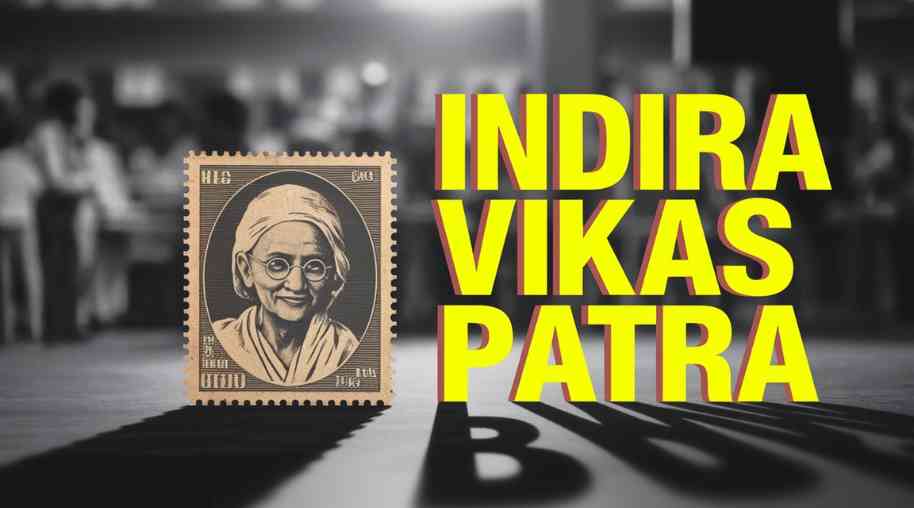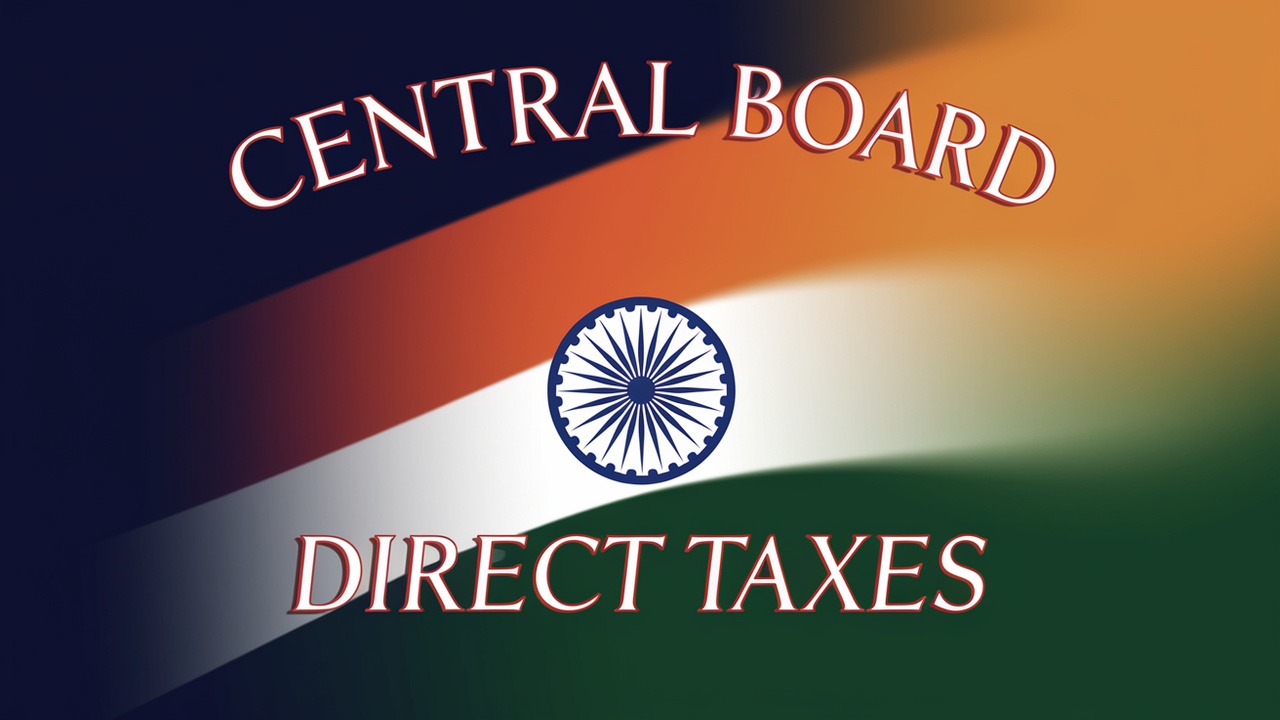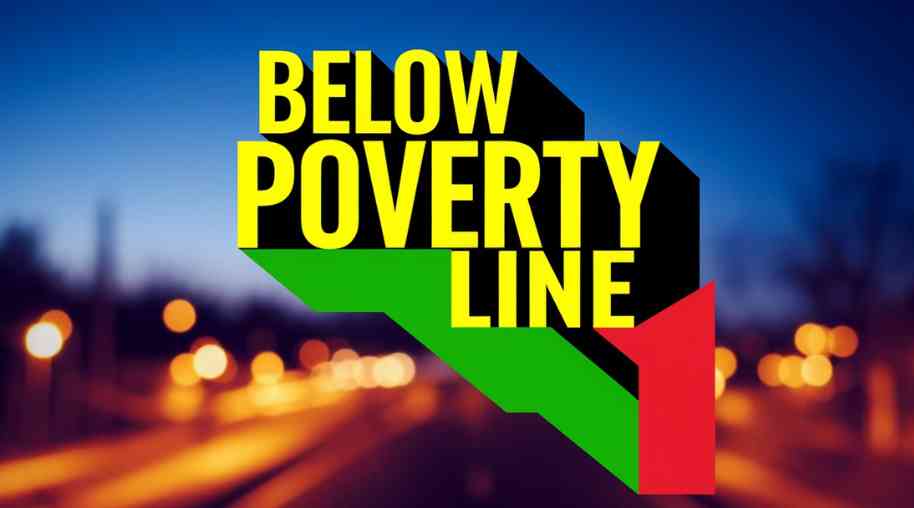IVP Full Form-Indira Vikas Patra
by Shashi Gaherwar
0 4042
Indira Vikas Patra: A Historical Savings Instrument in India
Introduction
Indira Vikas Patra (IVP) was a popular savings scheme introduced by the Government of India in 1986 to encourage small savings among citizens. It was a fixed-income investment scheme, designed to double the principal amount within a specific period. The scheme was widely accepted due to its simplicity, guaranteed returns, and tax-free benefits.

This article explores the features, benefits, and reasons for discontinuation of Indira Vikas Patra and its impact on small savings investors in India.
What is Indira Vikas Patra?
Indira Vikas Patra was a non-tax saving, bearer instrument introduced to promote financial inclusion and small savings. It was offered through post offices and banks, making it accessible to a large population.
- The investment amount doubled in approximately 5.5 years.
- Certificates were available in denominations of ₹200, ₹500, ₹1,000, ₹5,000, and ₹10,000.
- IVP certificates were transferable and encashable before maturity under certain conditions.
- There was no requirement for KYC (Know Your Customer) at the time of purchase.
Key Features of Indira Vikas Patra
- Fixed Returns: IVP guaranteed that the investment amount would double in a fixed tenure. The interest rate was pre-determined and compounded semi-annually.
- No Tax Benefits: Unlike other small savings schemes, IVP did not provide income tax exemptions. However, it remained attractive due to its high returns and security.
- Transferability & Encashment: Certificates could be transferred from one person to another. Premature encashment was allowed after a minimum lock-in period, with some penalties on returns.
- No Identity Disclosure: As a bearer instrument, there was no need for KYC documents, making IVP a preferred option for those seeking anonymity in investment.
Benefits of Indira Vikas Patra
- Guaranteed Returns: Offered fixed and risk-free returns, making it a reliable investment option.
- Ease of Investment: IVP certificates were available at post offices and banks, ensuring accessibility for a broad audience.
- Liquidity & Transferability: Investors could transfer the certificate to another individual. Partial or premature withdrawals were possible with certain conditions.
- No Maximum Investment Limit: Unlike other schemes, IVP had no upper investment cap, allowing high-value investments.
- Financial Inclusion: Encouraged savings among small investors and rural populations with limited access to formal banking.
Why Was Indira Vikas Patra Discontinued?
Despite its success, Indira Vikas Patra was discontinued in 1997 due to several concerns:
- Money Laundering & Black Money Issues: The scheme’s bearer nature made it vulnerable to misuse, as there was no requirement for identity verification.
- Lack of Transparency: Anonymous transferability enabled undisclosed transactions.
- Evolving Financial System: The introduction of Kisan Vikas Patra (KVP) and other tax-saving schemes reduced the need for IVP.
- Regulatory Concerns: Increasing emphasis on financial regulation and anti-money laundering laws deemed bearer instruments like IVP risky.
Alternative Investment Options
After the discontinuation of Indira Vikas Patra, the government introduced several regulated savings schemes, such as:
- Kisan Vikas Patra (KVP): Similar to IVP, but with identity verification.
- Public Provident Fund (PPF): Long-term savings with tax benefits.
- National Savings Certificate (NSC): Fixed-income investment with tax exemptions.
- Fixed Deposits (FDs): Offered by banks with flexible tenures.
- Post Office Monthly Income Scheme (POMIS): Guaranteed monthly interest payouts.
Indira Vikas Patra played a significant role in promoting small savings and financial inclusion in India. However, its lack of transparency and regulatory loopholes led to its discontinuation. Today, investors have multiple secure and well-regulated savings options to choose from, ensuring better financial security and compliance.
Further Learning Resources
If you’re passionate about building a successful blogging website, check out this helpful guide at Coding Tag – How to Start a Successful Blog. It offers practical steps and expert tips to kickstart your blogging journey!
For dedicated UPSC exam preparation, we highly recommend visiting www.iasmania.com. It offers well-structured resources, current affairs, and subject-wise notes tailored specifically for aspirants. Start your journey today!

Share:








Comments
Waiting for your comments